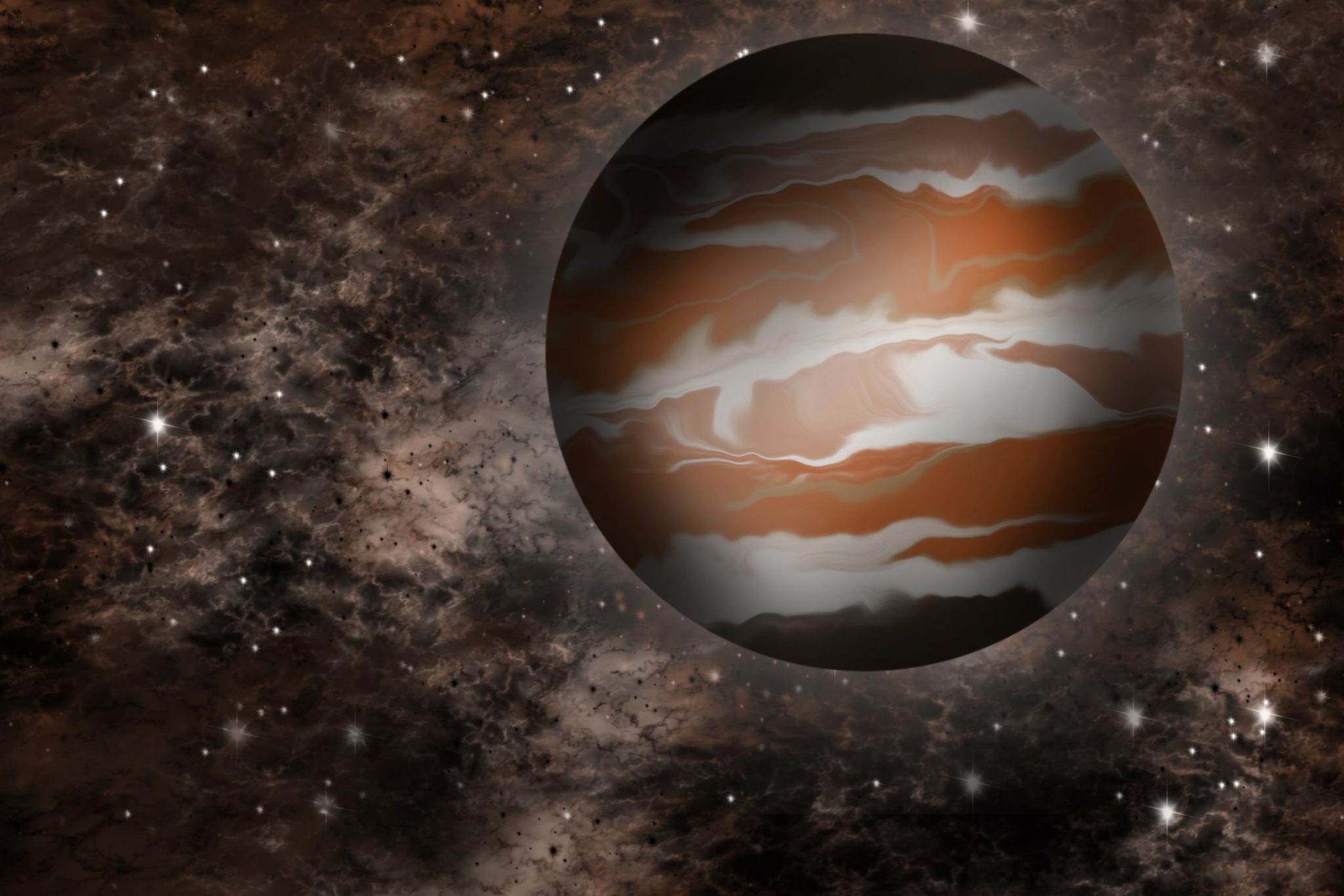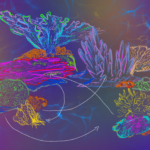Yale astronomer leads team in the study of an ultra-hot Jupiter
In a recently published study, an international collaboration of astronomers studied the atmosphere of an exoplanet similar in size and mass to Jupiter but with significant differences in surface temperatures.

Zoe Berg, Photo Editor
An international collaboration, led by a Yale astronomer, studied an exoplanet of similar size and mass to Jupiter with significantly higher surface temperatures.
The planet, TOI-1518b, belongs to a category of gas giant exoplanets, commonly referred to as ultra-hot Jupiters, that are characterized by their high atmospheric temperatures and orbital proximity to their host stars. It was initially detected in late 2019 by the Transiting Exoplanet Survey Satellite, or TESS, which has aided in the discovery of other exoplanets. Samuel Cabot GRD ’24, a graduate student in Yale’s Department of Astronomy, along with colleagues at other institutions, studied the exoplanet in detail after its initial detection with the help of Yale’s Extreme Precision Spectrometer, EXPRES, which peered into its atmosphere.
“We saw that [TOI-1518b] was a great target, so that’s when we decided to observe [it] pass in front of its star, which is called a transit,” Aaron Bello-Arufe, a Ph.D student at the National Space Institute, told the News. “We can observe how the light of the star filters through the atmosphere of the planet as a planet passes in front, and we used Yale’s EXPRES spectrograph, which … allows us to resolve the unique signature that each gas in the atmosphere of the planet has.”
According to Cabot, TESS constantly observes and maps large proportions of the sky, noting everytime a star in its view grows dimmer — possibly signalling the transit of a planet. Once these exoplanets are confirmed, astronomers conduct further surveys with spectrographs on ground-based telescopes. Cabot and his group followed up on TESS’ findings in August of last year.
The team employed the help of EXPRES, which was developed by Yale astronomer Debra Fischer and her group, which allowed them to separate the light emission of the transit into its color components. This spectrographic study confirmed the existence of the planet and the trace metals in its atmosphere.
“It’s important to emphasize the power of EXPRES because [it] was designed with the goal of searching for and measuring the masses of smaller planets but, thanks to its stability and very high resolution we’re also able to use it to study the atmospheres of planets like TOI-1518b,” Bello-Arufe said.
Ultra-hot Jupiters have temperatures upwards of 3,000 degrees, which is cooler than the majority of the stars in the solar system, according to George Zhou, a professor at the University of Southern Queensland and an author of the study. These planets reach such high temperatures by closely orbiting stars with surface temperatures thousands of degrees higher than theirs. On these planets there is a large fluctuation between dayside and nightside temperatures, with a 1000 degree difference or higher.
Little is known about the atmospheres of ultra-hot Jupiters, and exoplanets in general, according to Zhou. However, studying this planet sheds light on the way global climate models work on these types of planets because astronomers can both hypothesize and measure the conditions on the surface.
Like other ultra-hot Jupiters, TOI-1518b orbits its host star in close proximity, with an orbital period of 1.9 days. At the moment, an explanation of its position in the system and origin has yet to be determined, but there are plausible theories. Cabot explained that ultra-hot Jupiters like this one could have formed near their host stars or further away from it and eventually migrated inwards. He said researchers are currently attempting to determine which path is more likely.
TOI-1518b’s misaligned orbit could potentially provide insight on the planet’s origins. The Earth’s solar system exists in a well-aligned plane with the rotation of stars and planets within a disk. However, this particular planet has a misaligned orbit, according to Zhou. It is in retrograde orbit, rotating in the opposite direction of the spin of its star. He suggests that this could indicate that the planet did not initially form in the close surroundings of the star.
“We think what happened is that this particular planet experienced some kind of a pinball interaction with the planets that were formed around it, or with nearby passing stars,” Zhou explained. “And got kicked in its current orbit and, over time, that orbit went from a comet-like ellipse into a very, very close hugging planet orbit that we see today.”
The paper was published on Aug. 25 in the arXiv Preprint Repository.










